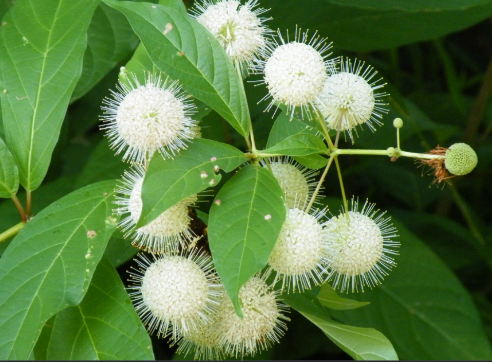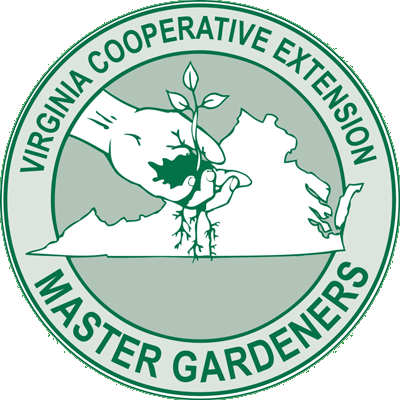Buttonbush, Cephalanthus occidentalis

Described by the Lady Bird Johnson Wildflower Center as a “handsome ornamental,” Buttonbush is a 6 – 12 ft. spreading, multi-branched semi-evergreen shrub or small tree. This native shrub sports long lasting white or pale pink flowers resembling pincushions and button-like balls of fruit from June through September. Subsequent rounded masses of nutlets persist through the winter. Its branches are often crooked and leaning. Although it will grow in shady conditions, flowering is better in full to partial sun. It is not picky about the soil type but prefers moist soil and can withstand poor drainage and up to 3 feet of standing water.
Buttonbush has exceptional wildlife benefits, attracting many types of pollinators along with ducks and other water birds that consume its seeds.
Pruning Buttonbush is not necessary but may be done in early spring if you want to manage its size and shape. The plant may also be cut back near to the ground in early spring to revitalize.
If you are a person with a disability and desire any assistive devices, services or other accommodations to participate in this activity, please contact Theresa Long Pittman at 757-787-1361 ext. 14 during business hours of 8:30 a.m. and 5 p.m. to discuss accommodations 5 days prior to the event. *TDD number is (800) 828-1120.

